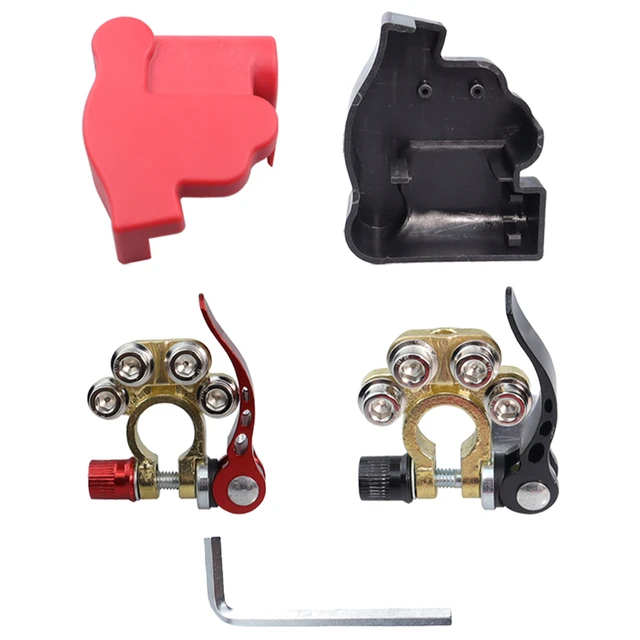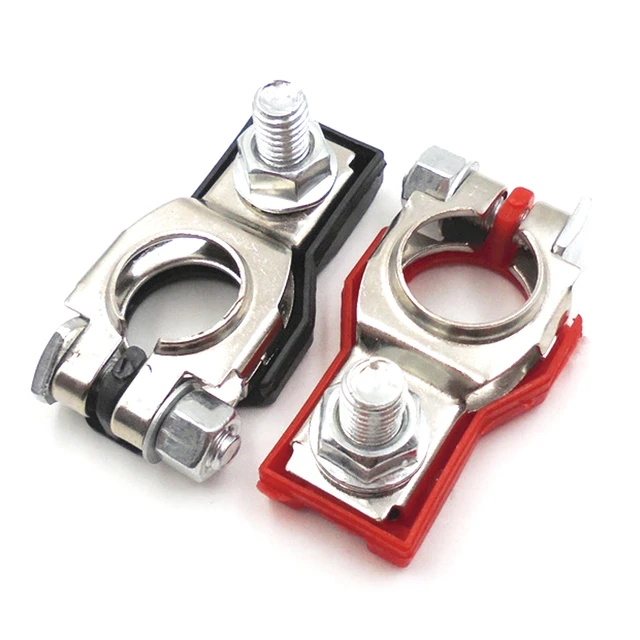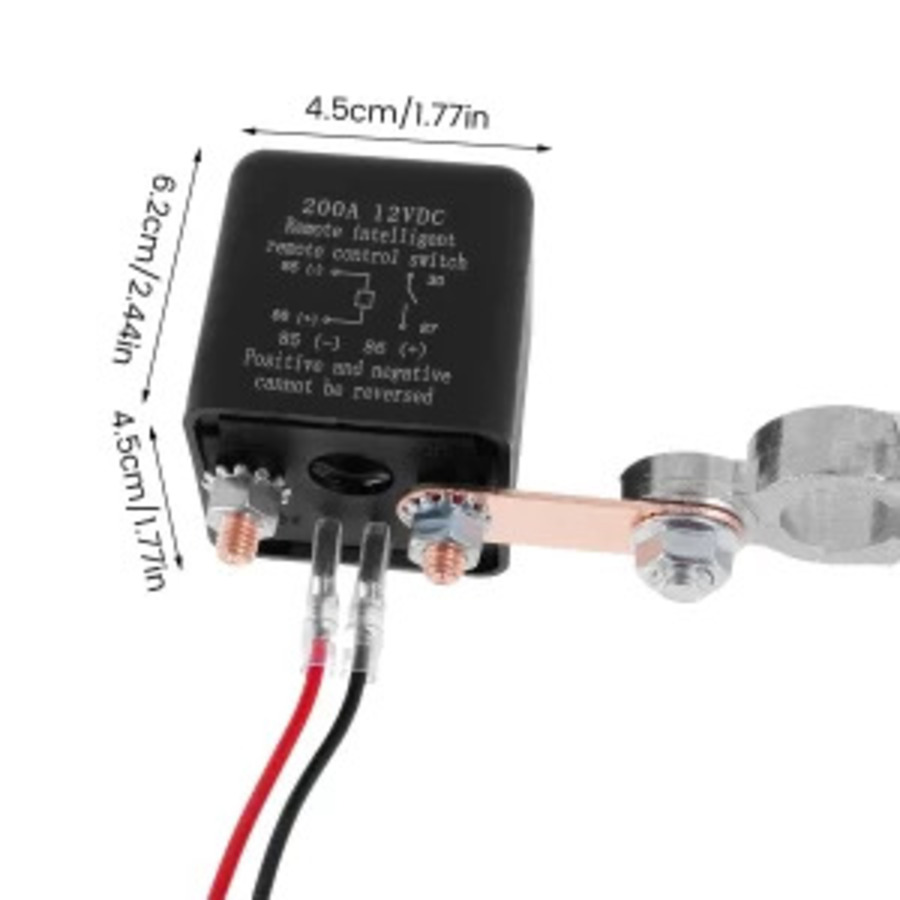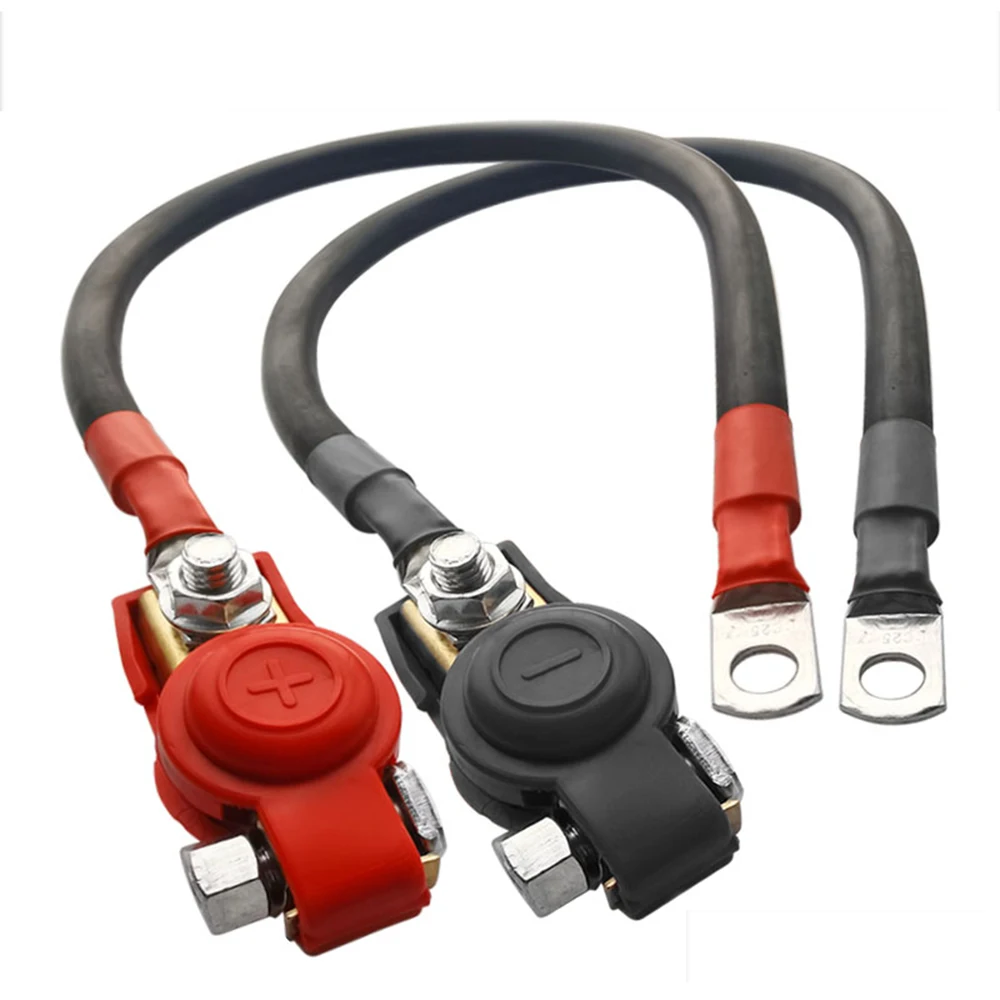Introduction:
Before diving into the connection process, it’s important to understand the basic structure and function of battery terminals. Familiarizing yourself with these components helps clarify why the connection order matters. Therefore, exploring the basics of battery terminals is essential. When connecting a battery, understanding the correct sequence of connecting the positive and negative terminals is essential for safety and proper operation. Many individuals wonder whether car battery positive or negative first. In this comprehensive guide, we will explore the best practices for connecting a battery. Including the importance of the correct sequence, potential risks, and step-by-step instructions for connecting the battery terminals. By following the guidelines outlined in this guide, individuals can confidently connect batteries without risking damage or injury.
Connecting a car battery might seem simple, but doing it incorrectly can result in serious consequences. Ensuring you connect the battery terminals in the correct order is crucial for safety and optimal performance. Consequently, understanding the correct procedure is essential to avoid mishaps like short circuits or personal injury. Therefore, this comprehensive guide explains whether to connect positive or negative first battery. Detailing the rationale behind it. By following these guidelines, you can ensure a safe and efficient battery connection process.
Some common functions of batteries:
Batteries serve several functions depending on their type and application. Here are some common functions of batteries:
Power Storage: Batteries are often used to store electrical energy for later use. They can store energy when it’s available and release it when needed, providing a portable and convenient power source for various devices.
Portable Power: Batteries are crucial for providing portable and mobile power. They enable devices like smartphones, laptops, cameras, and portable electronic devices to operate without requiring a constant connection to an electrical outlet.
Backup Power: Batteries serve as backup power sources during power outages or in situations where a continuous power supply is not available. Backup batteries are commonly used in uninterruptible power supply (UPS) systems, emergency lighting, and backup power systems for critical equipment.
Starting and Ignition: Batteries play a vital role in starting and operating vehicles’ engines. In automotive applications, batteries provide the initial surge of electrical power needed to start the engine and power the electrical systems when the engine is not running.
Powering Small Devices: Batteries power small devices and appliances that require low levels of energy, such as remote controls, watches, clocks, toys, and small electronics. These devices often use disposable or rechargeable batteries for their power source.
Renewable Energy Storage: Batteries play a crucial role in storing energy generated by renewable sources like solar panels and wind turbines. They allow for the efficient use of intermittent or excess renewable energy by storing it for use during periods of higher demand or when the renewable source is not active.
These are just a few examples of the different functions batteries serve. Batteries enable the portable and convenient use of electrical energy in a wide range of applications. Making them essential for our modern lives.
 Some common types of batteries:
Some common types of batteries:
There are various types of batteries available, each with its own unique characteristics and applications. Here are some common types of batteries:
Alkaline Batteries:
Alkaline batteries are the most commonly used disposable batteries. They use an alkaline electrolyte and are available in standard sizes like AA, AAA, C, and D. Alkaline batteries are versatile and used in a wide range of devices, including remote controls, toys, flashlights, and portable electronics.
Lithium-Ion Batteries:
Lithium-ion batteries are rechargeable batteries that offer high energy density and longer lifespan compared to other types. They are widely used in smartphones, laptops, electric vehicles, and portable electronic devices due to their ability to deliver sustained power and fast charging capabilities.
Nickel-Metal Hydride (NiMH) Batteries:
NiMH batteries are rechargeable batteries with a high energy density. They offer a longer lifespan and higher capacity compared to NiCd (nickel-cadmium) batteries. NiMH batteries are commonly used in digital cameras, cordless phones, and other high-drain devices.
Lead-Acid Batteries:
Lead-acid batteries are widely used in automotive applications, including starting engines, providing power for lighting, and running accessories. They are also used in backup power systems, marine applications, and other large-scale power storage needs.
Zinc-Carbon Batteries:
Zinc-carbon batteries, also known as standard or general-purpose batteries, are non-rechargeable and commonly used in low-drain devices such as clocks, remote controls, and small flashlights.
Lithium Primary Batteries:
Lithium primary batteries, also referred to as coin cell batteries, are often used in small and compact devices like calculators, hearing aids, and keyless remote entry systems. They are non-rechargeable and offer a long shelf life.
Silver Oxide Batteries:
Silver oxide batteries, similar to lithium primary batteries, are commonly used in small electronic devices such as watches, calculators, and hearing aids. They provide a consistent voltage level throughout their lifespan and have a relatively long shelf life.
These are just a few examples of the many types of batteries available. Each type has distinct characteristics regarding energy output, lifespan, and suitability for specific applications. It’s important to use the appropriate battery type recommended by the device manufacturer to ensure proper performance and safety.

Importance of the Correct Sequence
Safety Considerations:
Connecting a battery in the correct sequence reduces the risk of electrical sparks, arcing, or short circuits that may cause injury or damage to equipment.
Protecting Electronics:
Connecting the battery in the correct sequence can help safeguard sensitive electronic components from potential damage during the connection process.
Ensuring Proper Amperage Flow:
The correct sequence allows for the proper flow of current, minimizing the risk of overloading electrical systems and preserving battery life.
Potential Risks of Incorrect Sequence
Electrical Sparks and Arcing:
Connecting a battery in the incorrect sequence may cause electrical sparks or arcing, which can lead to burns or fires, particularly in volatile environments.
Damage to Electronic Components:
Connecting the battery terminals in the wrong sequence may result in damage to sensitive electronic components, such as fuses, relays, or control units.
Risk of Battery Explosion:
Connecting the battery incorrectly could potentially cause a battery explosion due to the sudden release of hydrogen gas from the battery.

Step-by-Step Instructions for Connecting Battery Terminals
Preparation:
Ensure the vehicle or equipment is turned off and all electrical systems are powered down before connecting the battery.
Identify Positive and Negative Terminals:
Locate the positive (+) and negative (-) terminals on the battery. Typically, the positive terminal is marked with a “+” symbol, while the negative terminal is marked with a “-” symbol.
Connect the Negative Terminal:
Start by connecting the negative terminal to the corresponding negative terminal on the device or vehicle.
Slide the connector or clamp onto the negative terminal and tighten it securely.
Connect the Positive Terminal:
Once the negative terminal is firmly connected, proceed to connect the positive terminal to the corresponding positive terminal on the device or vehicle.
Slide the connector or clamp onto the positive terminal and tighten it securely.
Best Practices and Additional Considerations
Terminal Protection:
Use a battery terminal protector, such as dielectric grease or terminal covers, to prevent corrosion and ensure a secure connection.
Battery Disconnect Switch:
Consider installing a battery disconnect switch to isolate the battery when it is not in use or during maintenance, minimizing the risk of accidental short circuits.
Post-Connection Inspection:
After connecting the battery, visually inspect the terminals and connections to ensure they are secure and free from corrosion or damage.
Additional Safety Measures:
Always wear appropriate safety gear, such as gloves and safety glasses, when working with batteries.
Familiarize yourself with the specific instructions and precautions provided by the battery manufacturer or equipment manufacturer.
 Conclusion:
Conclusion:
Connecting a battery in the correct sequence is vital for safety and proper operation. By understanding the importance of the correct sequence, potential risks of incorrect connection. And following the step-by-step instructions provided in this comprehensive guide. Individuals can confidently connect batteries without risking injury or damage in 2024. Adhering to best practices, using terminal protection, considering battery disconnect switches. And conducting post-connection inspections will further enhance safety and reliability. Embrace the knowledge shared in this guide to ensure the proper connection of battery terminals and maintain a safe electrical system.
Connecting and disconnecting a battery correctly is crucial for safety and vehicle performance. Proper knowledge of these steps ensures a smooth and hazard-free process.
By engaging with these elements, individuals can confidently handle battery connections and disconnections, ensuring safe and effective operations. Therefore, whether you are a seasoned mechanic or a vehicle owner. Understanding the correct battery handling procedures offers practical and valuable insights. Embrace the opportunity to enhance your vehicle maintenance practices. Knowing you have the knowledge and resources to connect and disconnect batteries safely and efficiently!










